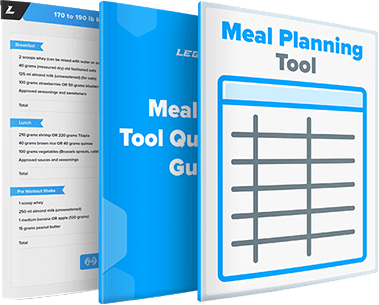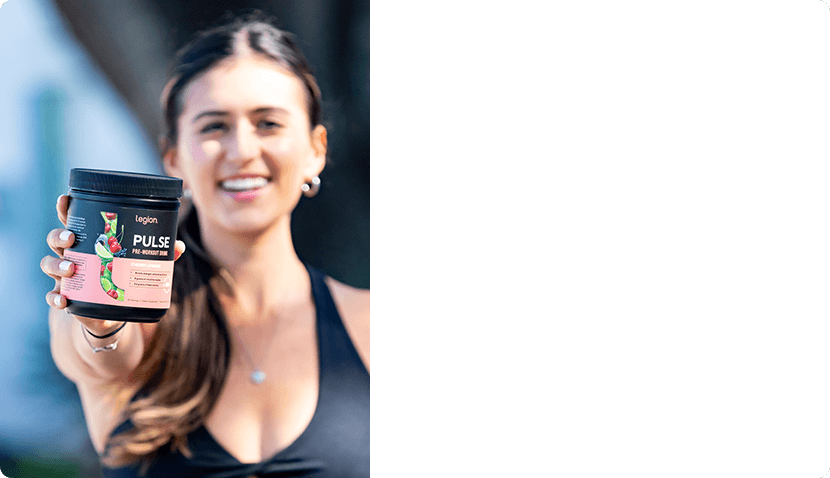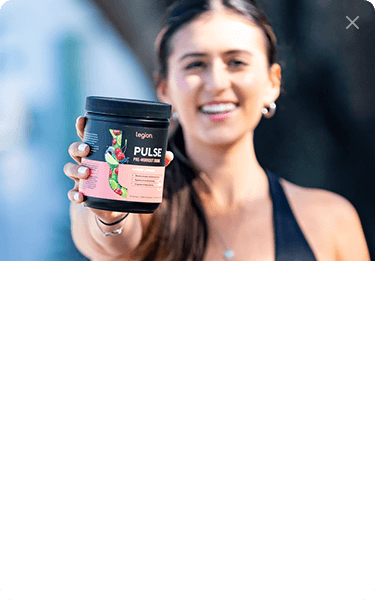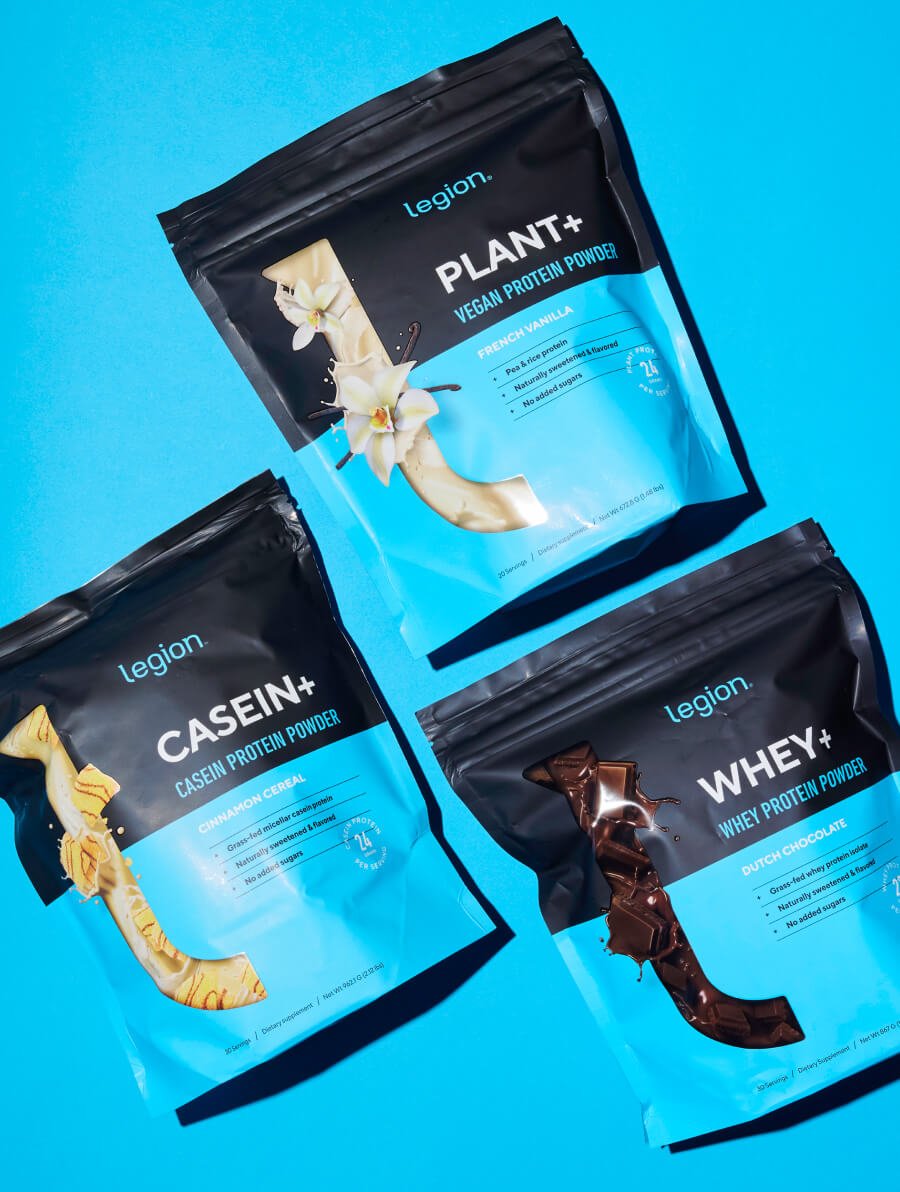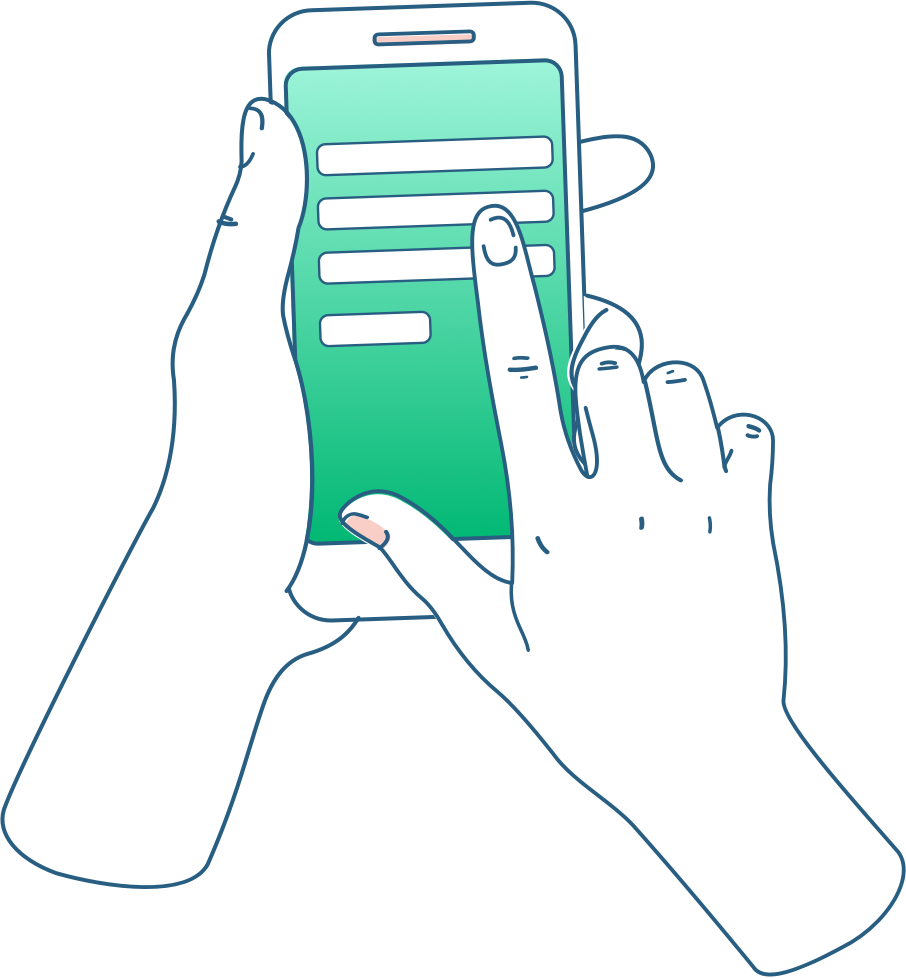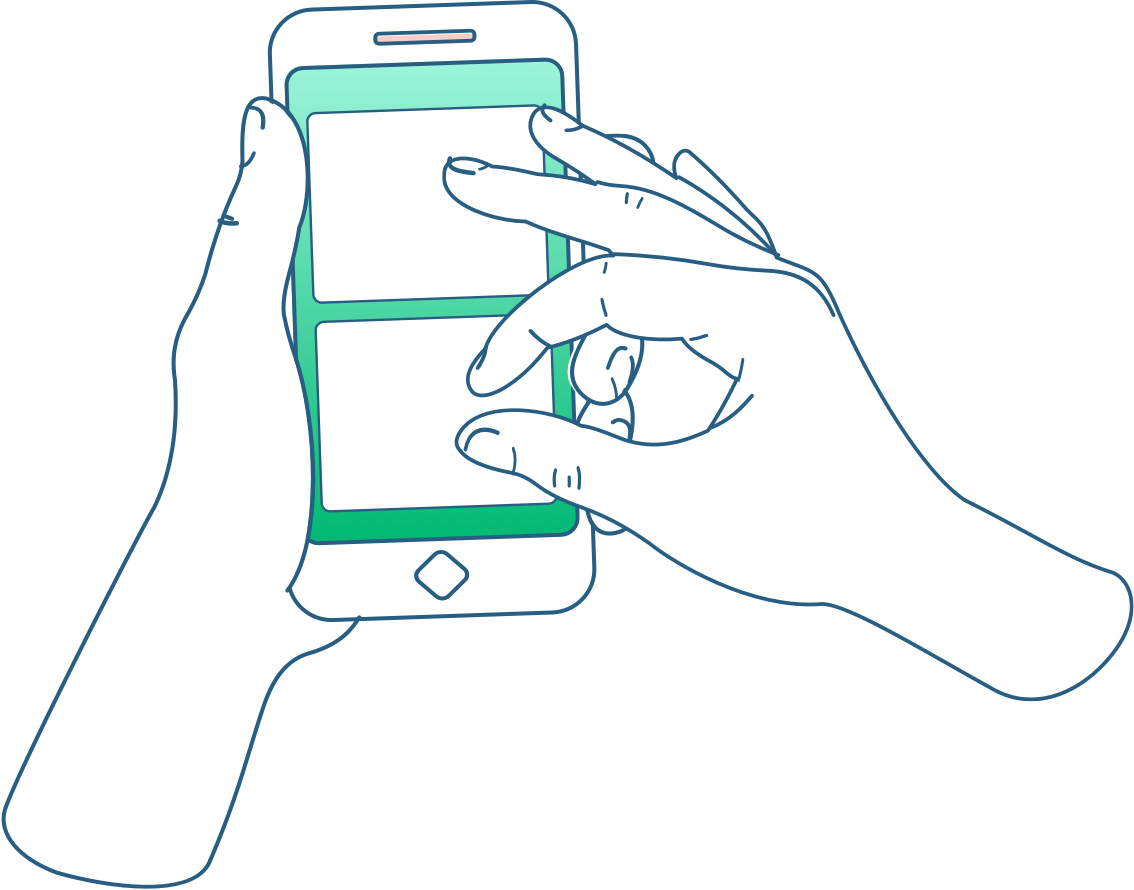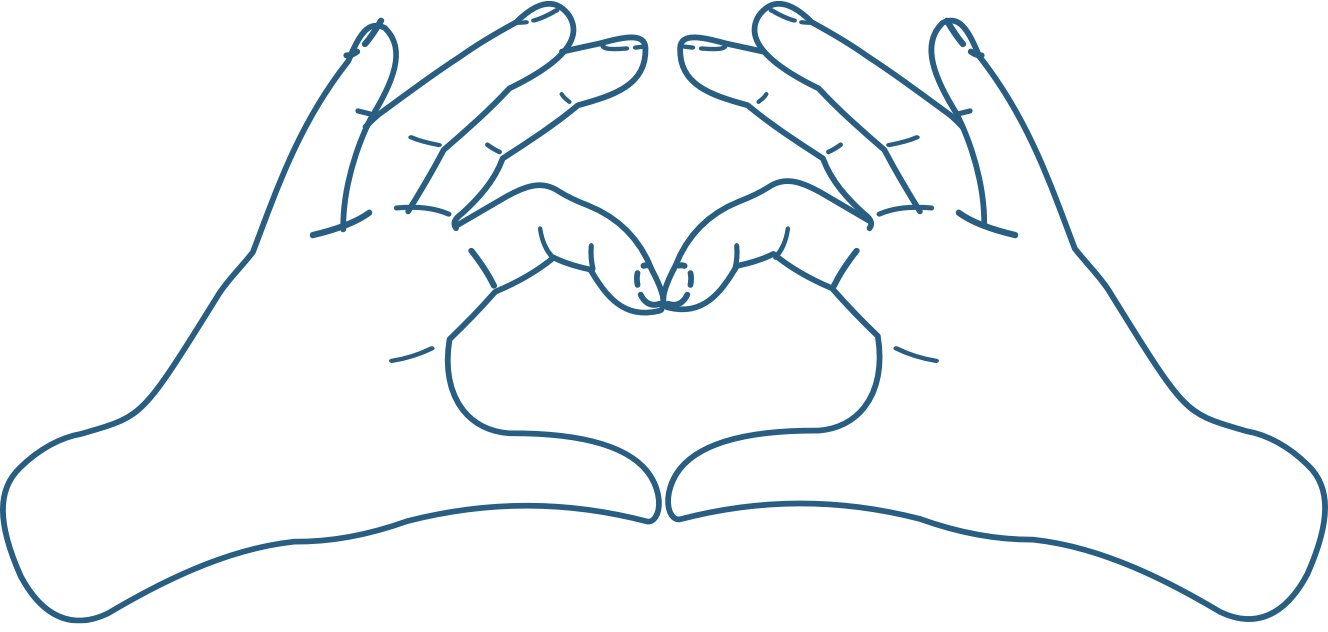Many people want to know how to get rid of lower back fat because it can be particularly unsightly.
This is especially true if your lower back fat appears to “pour” over your waistband (an effect known as a “muffin top”).
While genetics and hormones play a part in lower back fat accumulation, the main reason for gaining fat anywhere on your body, including the lower back, is eating more calories than you burn.
Thus, to effectively lose lower back fat, you must eat fewer calories than you burn daily. In addition to changing your diet, increasing physical activity can aid lower back fat loss.
In this article, you’ll learn everything you need to know about how to lose lower back fat using a proven diet and exercise routine.
What Causes Lower Back Fat?
Many people searching for how to lose lower back fat believe they’re genetically predisposed to storing lower back fat, and this is sometimes true.
Having high testosterone levels causes fat cells to accumulate around your midsection and prevents them accumulating around your butt and thighs. High estrogen levels have the opposite effect.
Therefore, those with high testosterone (including women with conditions like polycystic ovary syndrome) or low estrogen (menopausal women) often store fat around their waist and lower back.
However, (and this is a big “however”) the only way to gain fat in any area of your body is to eat more calories than you burn (known as eating in a “calorie surplus”).
In other words, it doesn’t matter whether you have a hormonal imbalance—you can’t get fatter unless you feed your body more energy than it burns.
This is the immutable mechanism of fat storage that never changes, regardless of what’s going on with your hormones.
(Read this article to learn why).
Exercises for Losing Lower Back Fat
To lose lower back fat, focus on exercises that build muscle and burn calories as efficiently as possible. It’s also sensible to develop areas of your body that make your lower back appear leaner.
Here’s everything you need to know about how to get rid of lower back fat through physical activity:
1. Do a lot of heavy, compound weightlifting.
To maximize the fat-burning effects of resistance training stop futzing around with bodyweight, machine, and resistance band exercises. Instead, do the following:
- Lift weights 3-to-5 times weekly.
- Prioritize compound exercises such as the squat, deadlift, bench press, and overhead press.
- Train with 75-to-85% of your one-rep max (weights that you can do 6-to-12 reps with before failing).
- Strive to add weight or reps to every exercise in every workout (also known as progressive overload).
2. Develop your upper back, shoulders, and chest.
Training your upper back, shoulders, and chest is crucial when trying to lose lower back fat for two reasons:
- Balance: While it won’t directly reduce lower back fat, strengthening your upper back, shoulders, and chest can visually balance your torso by making your midsection, including any lower back fat, seem smaller.
- Preventing Imbalances: Only doing lower back exercises can cause muscle imbalances that blight your physique and increase injury risk. Training your upper back, shoulders, and chest helps prevent this issue, ensuring you build a proportionate and injury-free upper body.
The best exercises for training your upper back are:
The best exercises for training your chest are:
The best exercises for training your shoulders are:
- Overhead Press
- Shoulder Press
- Dumbbell Side Lateral Raise
- Cable Side Lateral Raise
- Dumbbell Rear Lateral Raise
3. Use cardio to burn fat faster.
To boost weight loss, do just enough cardio to achieve your goals and stay fit, and no more:
For best results . . .
- Do at least two low- to moderate-intensity cardio workouts per week of 20-to-60 minutes each.
- Do one HIIT workout weekly if you enjoy it.
- Limit total cardio to 2-to-3 hours weekly.
- Do your cardio and weightlifting on separate days if possible, and if you have to do them on the same day, lift weights first and try to separate the two workouts by at least 6 hours.
. . . and if you want to use cardio to target stubborn fat specifically, try combining fasted cardio with a yohimbine supplement.
How to Lose Lower Back Fat Fast: Diet and Nutrition
Despite what some say, losing back fat isn’t just about eating a “healthy” diet, replacing processed foods with nutrient-dense foods.
While habits like this can help you lose weight, the key factor is managing your calorie and macronutrient intake. Here’s a straightforward guide on how to get rid of lower back fat through diet and supplements:
1. Eat the right number of calories.
Research shows that creating a calorie deficit of 20-to-25% (eating 20-to-25% fewer calories than you burn every day) will help you lose fat lickety-split without losing muscle or wrestling with excessive hunger, lethargy, and the other hobgoblins of low-calorie dieting.
To learn more about how many calories you should eat to lose fat, check out the Legion Calorie Calculator here.
2. Eat enough protein.
High-protein dieting beats low-protein in every way, especially when you’re dieting to lose fat.
To lose lower back fat, aim to eat 1-to-1.2 grams of protein per pound of body weight daily.
And if you’re very overweight (25%+ body fat in men and 30%+ in women), this can be reduced to around 40% of your total daily calories.
3. Take the right supplements.
The best supplements to help you lose lower back fat and boost your performance in your lower back fat workouts are . . .
- Caffeine: Taking 3-to-6 mg of caffeine per kilogram of body weight per day raises the number of calories you burn and increases strength, muscle endurance, and anaerobic performance. For a clean, delicious source of caffeine, try Pulse.
- Yohimbine: Taking 0.1-to-0.2 milligrams of yohimbine per kilogram of body weight before fasted training increases fat loss and is particularly helpful with losing “stubborn” fat. For a 100% natural source of yohimbine, try Forge.
- Phoenix Fat Burner: Phoenix speeds up your metabolism, enhances fat burning, and reduces hunger and cravings. You can also get Phoenix with caffeine or without.
(And if you’d like to know exactly what other supplements you should take to reach any and all of your fitness goals, take the Legion Supplement Finder Quiz.)
FAQs
FAQ #1: Why is lower back fat hard to lose?
Losing lower back fat is tough because fat cells in this area are more reluctant to release their stored energy than cells in other areas.
Why?
To mobilize (break down) body fat, your body produces chemicals known as catecholamines that “attach” to receptors on fat cells, instructing them to release the fat for energy.
Fat cells have two types of catecholamine receptors: Alpha– and beta-receptors. Alpha-receptors block this fat-releasing process, while beta-receptors facilitate it.
And herein lies the problem with lower back fat: it’s chock-full of alpha-receptors.
Another problem with these stubborn fat deposits is that they often have lower blood flow, which is why they’re typically colder to the touch than fat in other areas of your body. As a result, fewer catecholamines reach these fat cells, slowing fat loss further.
The good news is that all fat quails in the face of a prolonged calorie deficit. As long as you eat and train correctly, stubborn fat will disappear—it’ll just take longer than fat in other areas.
FAQ #2: How do you lose lower back fat?
To effectively lose lower back fat, you must eat fewer calories than you burn daily. Eating a high-protein diet and taking supplements, such as caffeine and yohimbine, may also help.
In addition to changing your diet, increasing physical activity can aid lower back fat loss. In weightlifting workouts, prioritize heavy weightlifting and compound exercises, such as the squat, bench press, overhead press, and deadlift. Doing some cardio can boost fat loss further, though it’s generally best to stick to low-to-moderate-intensity cardio, such as walking or cycling.
FAQ #3: What causes fat on the lower back?
While genetics and hormones play a part in lower back fat accumulation, the main reason for gaining fat anywhere on your body, including the lower back, is eating more calories than you burn.
FAQ #4: Why am I skinny but have lower back fat?
Some people are naturally slim but still hold fat on their lower back because of where their body prefers to store fat—something that’s partly decided by genetics and hormones. If this is the case for you, use the information on how to lose lower back fat in this article to fix the issue.
It may also be the case that the fat deposits on your lower back are actually relatively small but look larger because you lack mass on the rest of your body.
This is known as being “skinny fat,” and if you want lean how to fix it, check out this article:
What Is Skinny Fat? How to Fix It, Examples, & More
Scientific References +
- Furnham, Adrian, et al. “Waist-To-Hip Ratio and Preferences for Body Shape: A Replication and Extension.” Personality and Individual Differences, vol. 22, no. 4, Apr. 1997, pp. 539–549, https://doi.org/10.1016/s0191-8869(96)00241-3. Accessed 15 Nov. 2019.
- Farinatti, Paulo TV, and Antonio G Castinheiras Neto. “The Effect of Between-Set Rest Intervals on the Oxygen Uptake during and after Resistance Exercise Sessions Performed with Large- and Small-Muscle Mass.” Journal of Strength and Conditioning Research, vol. 25, no. 11, Nov. 2011, pp. 3181–3190, https://doi.org/10.1519/jsc.0b013e318212e415.
- MARX, JAMES O., et al. “Low-Volume Circuit versus High-Volume Periodized Resistance Training in Women.” Medicine and Science in Sports and Exercise, Apr. 2001, pp. 635–643, https://doi.org/10.1097/00005768-200104000-00019.
- Page, Phil. “Shoulder Muscle Imbalance and Subacromial Impingement Syndrome in Overhead Athletes.” International Journal of Sports Physical Therapy, vol. 6, no. 1, 2011, pp. 51–8, www.ncbi.nlm.nih.gov/pmc/articles/PMC3105366/.
- Huovinen, Heikki T., et al. “Body Composition and Power Performance Improved after Weight Reduction in Male Athletes without Hampering Hormonal Balance.” Journal of Strength and Conditioning Research, vol. 29, no. 1, Jan. 2015, pp. 29–36, https://doi.org/10.1519/jsc.0000000000000619.
- Astrup, A, et al. “Caffeine: A Double-Blind, Placebo-Controlled Study of Its Thermogenic, Metabolic, and Cardiovascular Effects in Healthy Volunteers.” The American Journal of Clinical Nutrition, vol. 51, no. 5, 1 May 1990, pp. 759–767, https://doi.org/10.1093/ajcn/51.5.759.
- Astorino, Todd A., et al. “Effect of Caffeine Ingestion on One-Repetition Maximum Muscular Strength.” European Journal of Applied Physiology, vol. 102, no. 2, 13 Sept. 2007, pp. 127–132, https://doi.org/10.1007/s00421-007-0557-x. Accessed 11 Aug. 2019.
- Tw, Beck, et al. “The Acute Effects of a Caffeine-Containing Supplement on Strength, Muscular Endurance, and Anaerobic Capabilities.” Journal of Strength and Conditioning Research, 1 Aug. 2006, pubmed.ncbi.nlm.nih.gov/16937961/.
- Ostojic, Sergej M. “Yohimbine: The Effects on Body Composition and Exercise Performance in Soccer Players.” Research in Sports Medicine, vol. 14, no. 4, Dec. 2006, pp. 289–299, https://doi.org/10.1080/15438620600987106.
- Mark, Millan, et al. “Agonist and Antagonist Actions of Yohimbine as Compared to Fluparoxan at ?2-Adrenergic Receptors (AR)S, Serotonin (5-HT)1A, 5-HT1B, 5-HT1D and Dopamine D2 and D3 Receptors. Significance for the Modulation of Frontocortical Monoaminergic Transmission and Depressive States.” Agonist and Antagonist Actions of Yohimbine as Compared to Fluparoxan at Alpha(2)-Adrenergic Receptors (AR)S, Serotonin (5-HT)(1A), 5-HT(1B), 5-HT(1D) and Dopamine D(2) and D(3) Receptors. Significance for the Modulation of Frontocortical Monoaminergic Transmission and Depressive States, vol. 35, no. 2, 1 Feb. 2000, pp. 79–95, https://doi.org/10.1002/(sici)1098-2396(200002)35:2%3C79::aid-syn1%3E3.0.co;2-x. Accessed 14 June 2023.
- Arner, Peter. “Catecholamine-Induced Lipolysis in Obesity.” International Journal of Obesity, vol. 23, no. S1, Feb. 1999, pp. S10–S13, https://doi.org/10.1038/sj.ijo.0800789. Accessed 26 Nov. 2020.
- LEFKOWITZ, ROBERT J. “Direct Binding Studies of Adrenergic Receptors: Biochemical, Physiologic, and Clinical Implications.” Annals of Internal Medicine, vol. 91, no. 3, 1 Sept. 1979, p. 450, https://doi.org/10.7326/0003-4819-91-3-450. Accessed 2 May 2021.
- Strosberg, A. D. “Structure, Function, and Regulation of Adrenergic Receptors.” Protein Science, vol. 2, no. 8, Aug. 1993, pp. 1198–1209, https://doi.org/10.1002/pro.5560020802. Accessed 15 Feb. 2020.
- Manolopoulos, K. N., et al. “Marked Resistance of Femoral Adipose Tissue Blood Flow and Lipolysis to Adrenaline in Vivo.” Diabetologia, vol. 55, no. 11, 17 Aug. 2012, pp. 3029–3037, https://doi.org/10.1007/s00125-012-2676-0. Accessed 24 Aug. 2021.
